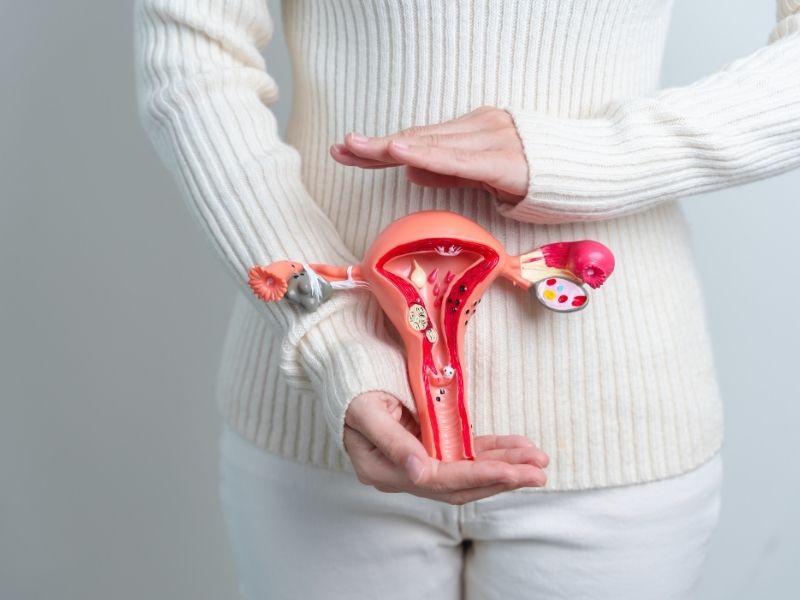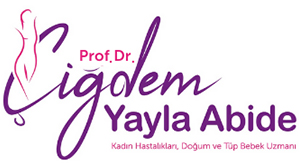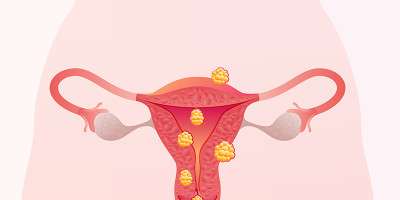What are Fibroids and How Are They Treated?
The exact cause of fibroids is unknown, although obesity is known to increase the risk. Fibroids form in the uterus but do not develop in the ovaries. They are more common after age 40 and occur in about 25% of all women. Fibroid treatment options are available, and surgical treatment is often preferred.
What Are the Treatment Options for Fibroids?
Before considering surgery, medical treatments can help shrink fibroids. In some cases, fibroids are monitored without intervention. The treatment method depends on the fibroids’ structure, size, and location. Effective treatment can alleviate symptoms, reduce fibroid size, and potentially prevent future fibroid formation. Fibroids can cause symptoms such as heavy menstrual bleeding, bleeding between periods, frequent urination, difficulty fully emptying the bladder, and severe lower abdominal pain, making treatment necessary.
Fibroid treatment involves several stages. Initially, fibroids are monitored, followed by medical therapy, which helps reduce their size. Smaller fibroids are easier to remove surgically.
How is Fibroid Treatment Performed?
In Istanbul, fibroid surgery can be performed as either open or minimally invasive surgery. The approach depends on the patient's health, fibroid severity, and other factors. Preoperative tests determine the number, size, and location of the fibroids, after which the most suitable surgical approach is selected.
Minimally invasive fibroid surgery has become more popular in recent years, as it involves smaller incisions, less pain, and faster recovery. This type of surgery includes two main procedures: laparoscopic myomectomy and hysteroscopic myomectomy.

How is Fibroid Surgery Performed?
Fibroid surgery is performed either as an open or minimally invasive procedure. Minimally invasive fibroid surgery itself has two types:
-
Laparoscopic Myomectomy: Typically performed under general anesthesia, this procedure involves making four half-centimeter incisions in the abdominal area, including one at the belly button. Through the belly button, a laparoscope is inserted, which projects images onto a screen to guide the surgeon. The area containing the fibroid is incised, allowing access to the fibroid, which is then extracted. After removing the fibroid, the incisions are closed with stitches, completing the operation.
-
Hysteroscopic Myomectomy: This procedure, performed under general or local anesthesia, starts by introducing a liquid or gas into the vagina, cervix, and uterus to expand the uterine walls. A hysteroscope is then inserted into the uterus, and the fibroids are visualized on a monitor. The fibroids are cut and removed from the uterus by the surgeon. After verifying and cleaning the uterus, the procedure is complete.
Open Fibroid Surgery: With the rise of minimally invasive techniques, open fibroid surgery is now less common but still used in certain cases. Under general anesthesia, horizontal or vertical incisions are made in the abdomen. The abdominal tissues are cut to access the uterus, allowing the surgeon to remove the fibroids. Once the fibroids are removed, the uterus and abdominal wall are sutured, closing the incision sites. This approach is generally used for large or multiple fibroids.

Recovery Process After Fibroid Surgery
The recovery process after fibroid surgery varies depending on the type of surgery performed. For open fibroid surgery, patients typically stay in the hospital for a few days before being discharged, with recovery taking 4–6 weeks. Full recovery is generally achieved within 6–8 weeks. In minimally invasive (laparoscopic) fibroid surgery, patients are usually discharged the same day, although some may stay until the following day. Patients can return to normal activities within 1–2 weeks, with complete recovery occurring in 2–4 weeks.
After fibroid surgery, patients should avoid heavy lifting and keep the incision area clean. Swimming in pools or the sea should be avoided for 2–3 weeks, or longer if advised by the doctor.
Cost of Fibroid Treatment
Fibroid surgery can be performed as either open or minimally invasive, with the cost varying based on the type of procedure. Additionally, prices may vary depending on the doctor’s experience and the technology used. Associate Professor Dr. Çiğdem Yayla Abide performs fibroid surgeries. Please contact us for more information on surgical procedures and any questions you may have.







